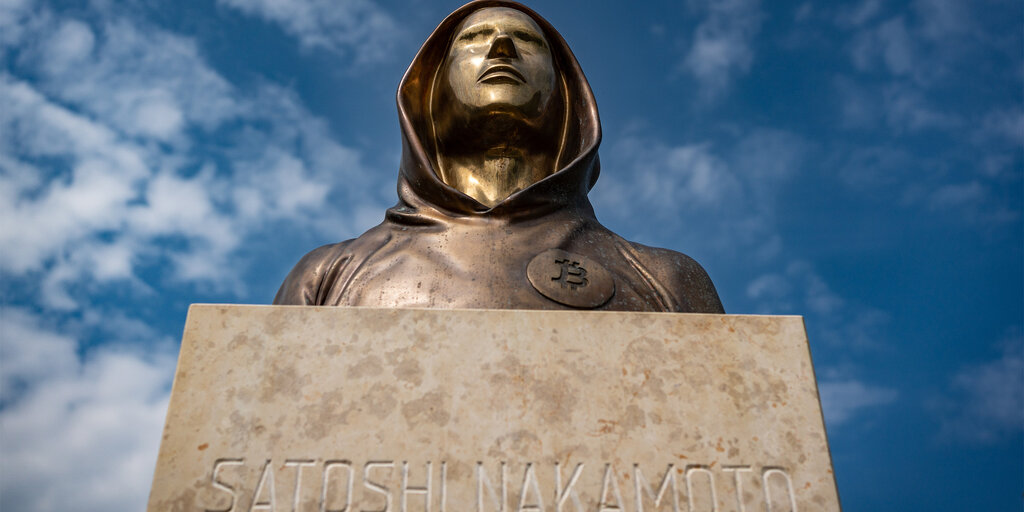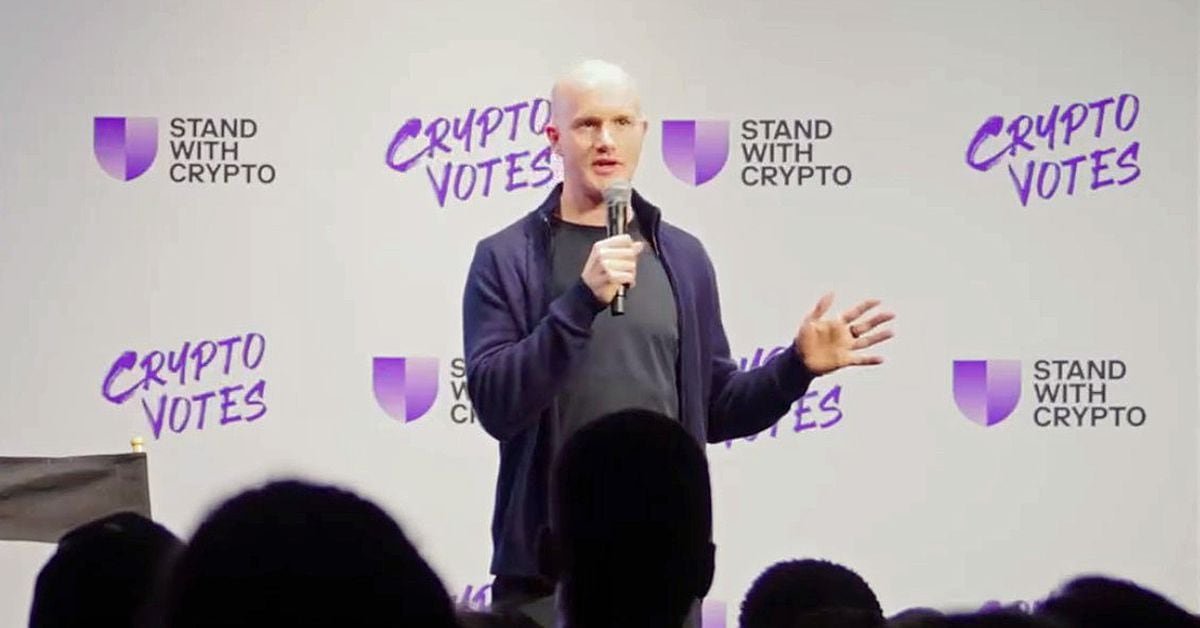It is unlikely that the court case between the Crypto Open Patent Alliance (COPA) and self-proclaimed Bitcoin inventor Craig Wright will result in any blockbuster revelations. But the release of emails from Satoshi Nakamoto, the pseudonymous creator of Bitcoin, provided a surprisingly nuanced history lesson about the heralded cryptocurrency.
The latest set of emails sent by the Bitcoin creator between February 5, 2009 and July 12, 2010 were addressed to Martti Malmi, an early Bitcoin contributor, computer scientist and software developer who goes by the nickname Sirius. . Malmi took the stand Wednesday to testify in the COPA v. Wright case.
“Sending cash by mail may be risky, but it may still be the best anonymous option,” Nakamoto wrote, preferring analog methods as a way to protect identities. “You can also ask for BTC donations on the forum.”
Messages between Nakamoto and Malmi were entered into evidence as a British court disputes the identity of Bitcoin’s creator. Since 2016, Australian computer scientist Craig Wright has claimed to be an investor in Bitcoin.
On Thursday, the court received the first email sent to Adam Back, CEO and co-founder of Blockstream, a cryptographer and cypherpunk, along with Back’s testimony. The email included a reference to Hal Finney, a computer scientist who received the first Bitcoin transaction from Nakamoto, and some believe he is the real Satoshi Nakamoto.
Like previous email dumps, the 120-page bundle of messages was revealed by a Bitcoin historian and editor of Bitcoin Magazine. Pete RizzoOn Twitter.
Bitcoin remains the leading cryptocurrency, with a market capitalization of $1 trillion, but the emails show that Nakamoto did not coin the term “cryptocurrency” and was uncomfortable with calling Bitcoin an investment.
Nakamoto told Malmi, “That’s a dangerous statement and you should remove that bullet point.” “It’s okay for them to come to that conclusion for themselves, but we can’t say that.”
Despite politicians and pundits continuing to refer to Bitcoin anonymously, the message showed that Satoshi wants the language removed from the Bitcoin.org website.
“And the word anonymous sounds a bit suspicious. I think people who want to remain anonymous will still figure it out without us making it public,” Nakamoto said. “I removed the word ‘anonymous’ and the sentence about ‘means of anonymity’ – although worded so carefully – can be hidden… It was a shame to delete it.”
In one message, Nakamoto detailed how Bitcoin could scale in the future, suggesting the network could have up to 100,000 nodes.
“100,000 block generation nodes is a ballpark size to think about,” Nakamoto wrote. “If you propagate a transaction twice across the entire network, you will consume a total of ($0.02) of bandwidth at current prices.”
Rizzo noted in his comments that there are currently 50,000 nodes running Bitcoin software.
Nakamoto suggested adding more server administrators. Gavin Andreessen.
“It has to be Gavin,” Nakamoto said. “I trust him. He is responsible, professional and technically much more proficient in Linux than I am.”
While Proof of Stake is praised for reducing environmental footprints, Nakamoto defended Proof of Work in his message as the only solution for conducting peer-to-peer “e-cash operations” without a trusted third party. ”
“Even without secondary use as a way to allocate the initial distribution of currency, PoW is fundamental to coordinating the network and preventing double spending,” Nakamoto wrote.
Wright separately submitted more than 160,000 documents to BitMex Research on Wednesday to substantiate his claim that he is Satoshi Nakamoto.
“The actual proof of Satoshi is only 150 bytes in total,” BitMex Research said in response to a tweet from Jameson Lopp, a famous Bitcoiner, software engineer and cypherpunk. Instead, he created 160,000 pages of fake evidence.”
Edited by Ryan Ozawa.
Stay up to date with cryptocurrency news and receive daily updates in your inbox.





